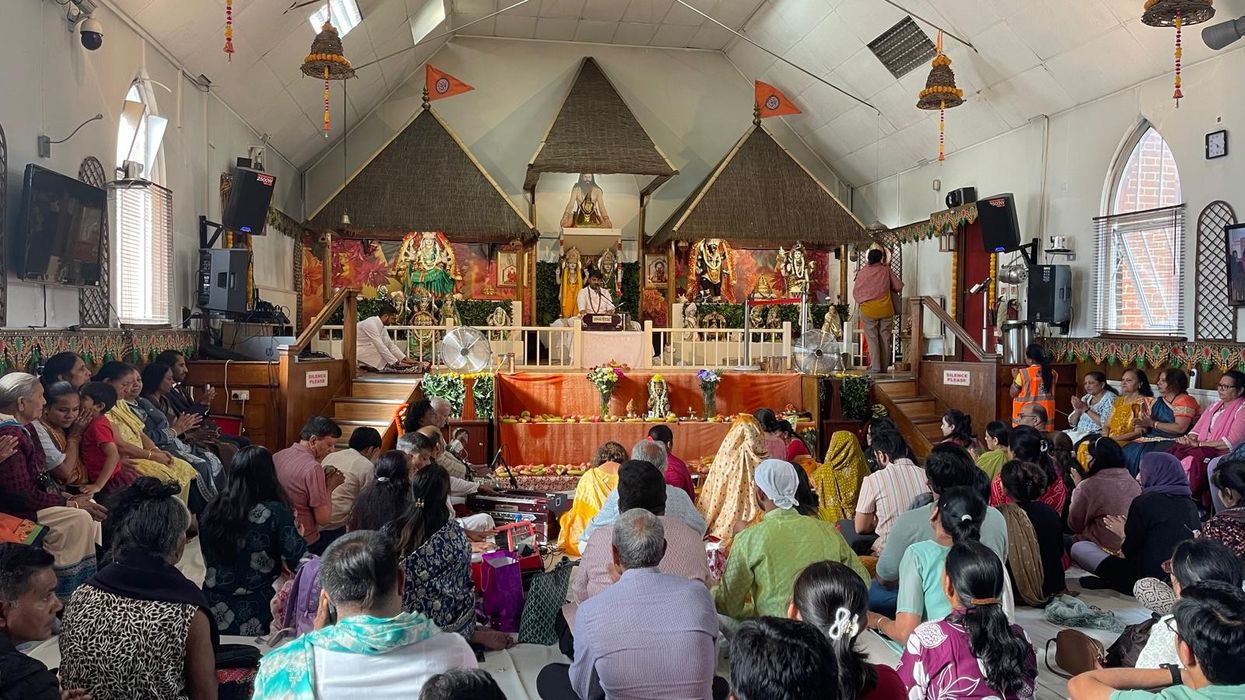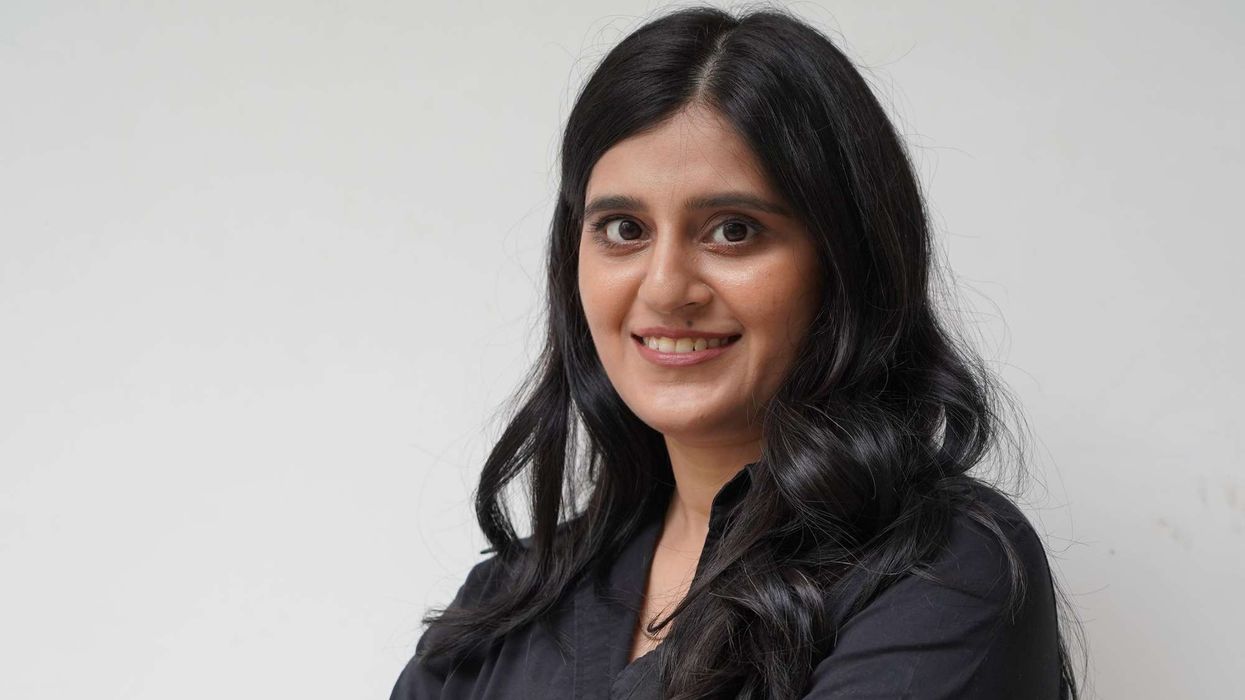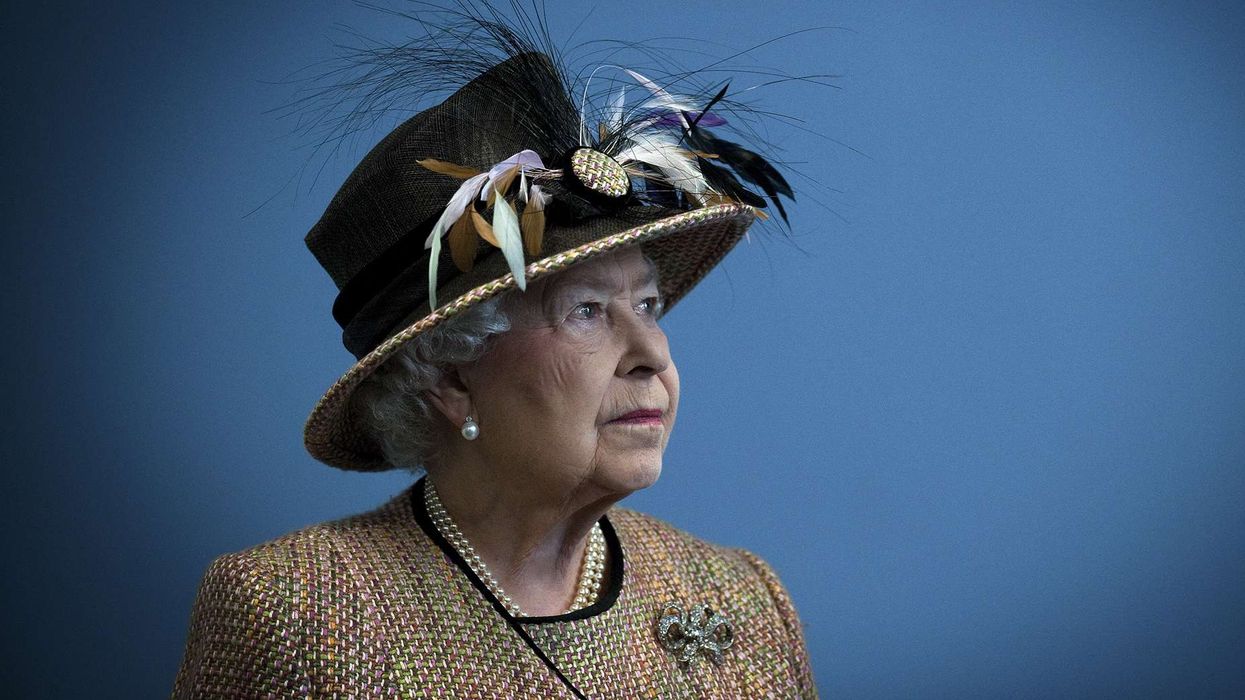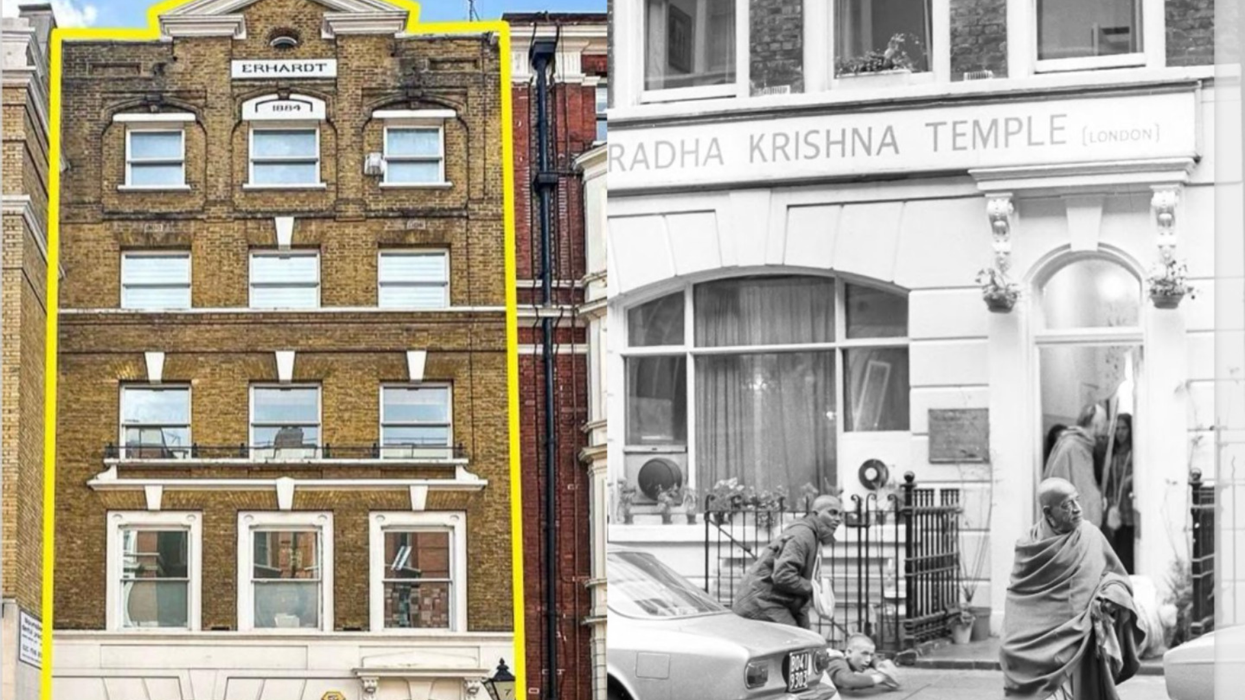The International Siddhashram Shakti Centre in Harrow was enveloped in spiritual fervour on Saturday, 2 August 2025, as devotees gathered for an intense and uplifting day of worship. The highlight was the collective chanting of the Hanuman Chalisa 108 times, led by His Holiness Shri Rajrajeshwar Guruji, from 10:00 AM to 6:00 PM.
The serene yet charged atmosphere witnessed devotees immersing themselves in this sacred recitation, aimed at invoking Lord Hanuman’s blessings and channelling divine energy for peace and strength. HH Guruji spoke about the importance of such practices in daily life, calling Hanuman Chalisa a bridge between the soul and the divine, especially when recited with intention and focus.
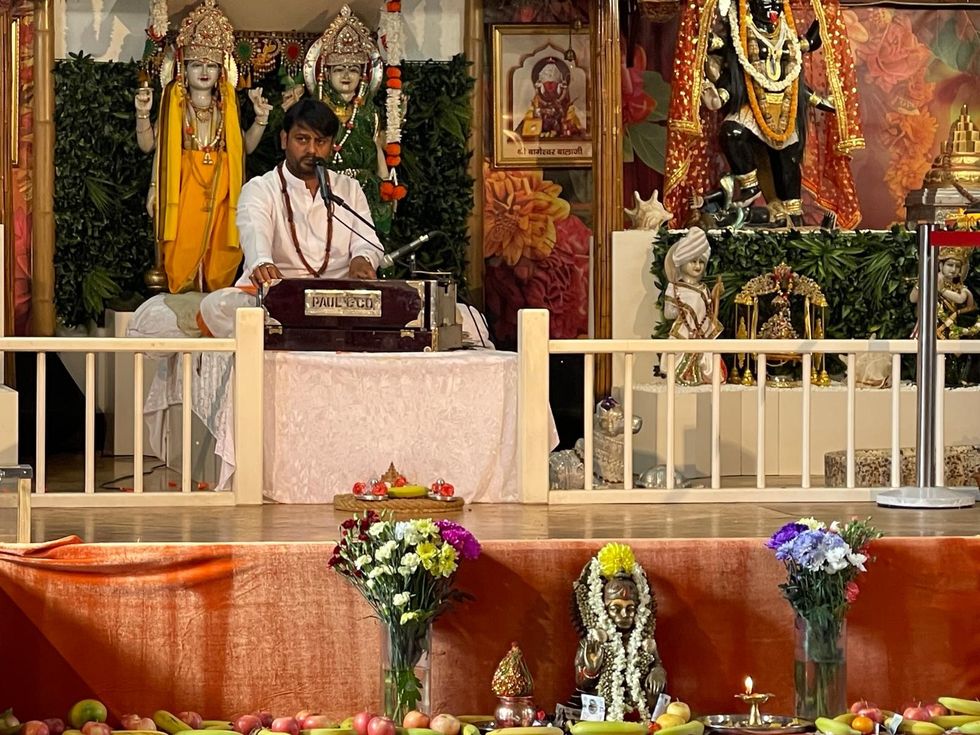
The spiritual momentum continued with a special satsang on “Ghar Ghar Ram, Har Ghar Ramayan”, delivered by Swami Mahendra Das Ji Maharaj of Ayodhya Dham, joined by Sant Jentiram Bapa from Jamnagar. Swami Ji praised Guruji as a guiding light of Sanatan Dharma abroad and beautifully explained the divine relationship between Lord Ram and Hanuman Ji, reminding all that true devotion lies in humility and unconditional love.
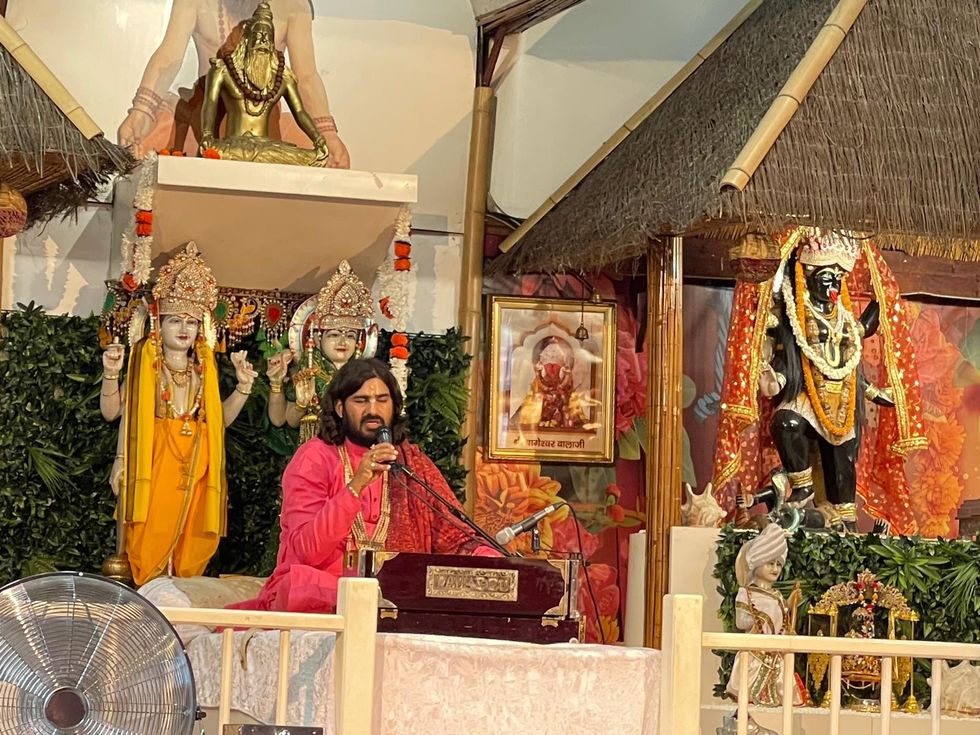
Cllr Krishna Suresh, Cllr Sasi Suresh, and Cllr Parveen Rani attended the event, along with devotees from across the UK and India.
The day concluded with aarti and the distribution of sacred Tulsi Malas, specially energised and brought from Ram Mandir, Ayodhya, by Swami Mahendra Das Ji—offered as a spiritual blessing to all present.
